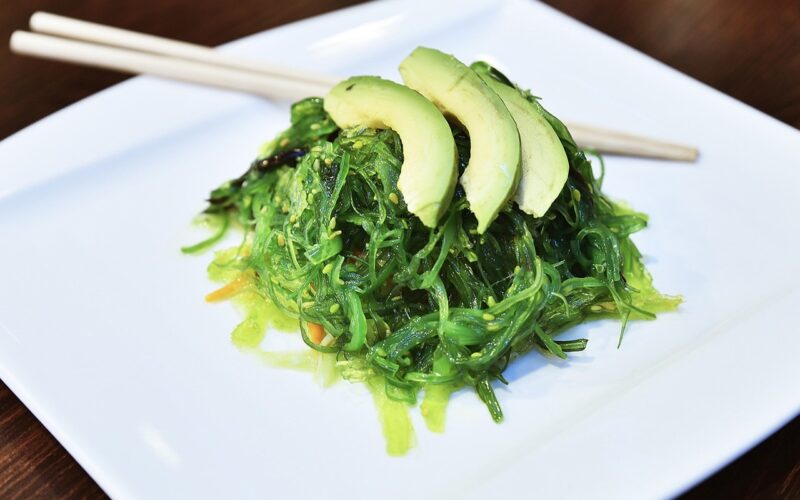Have you ever wondered about the green stuff wrapped around your sushi roll? That’s seaweed, and it’s just one of many edible types from the ocean.
Seaweed is a nutrient-rich food that comes in various forms, each with its own unique taste and texture.
From the crispy nori sheets used in sushi to the stringy wakame in your seaweed salad, these sea vegetables offer more than just flavor.
They’re packed with vitamins, minerals, and antioxidants. You might be surprised to learn that seaweed is a great source of iodine, calcium, and magnesium.
Cooking with seaweed can add a burst of umami flavor to your dishes.
Whether you’re making ramen, trying out new seaweed recipes, or just looking for healthy seaweed snacks, there’s a type for every taste.
Let’s dive into the world of edible seaweed and discover how you can incorporate these marine algae into your diet.
Sea Lettuce
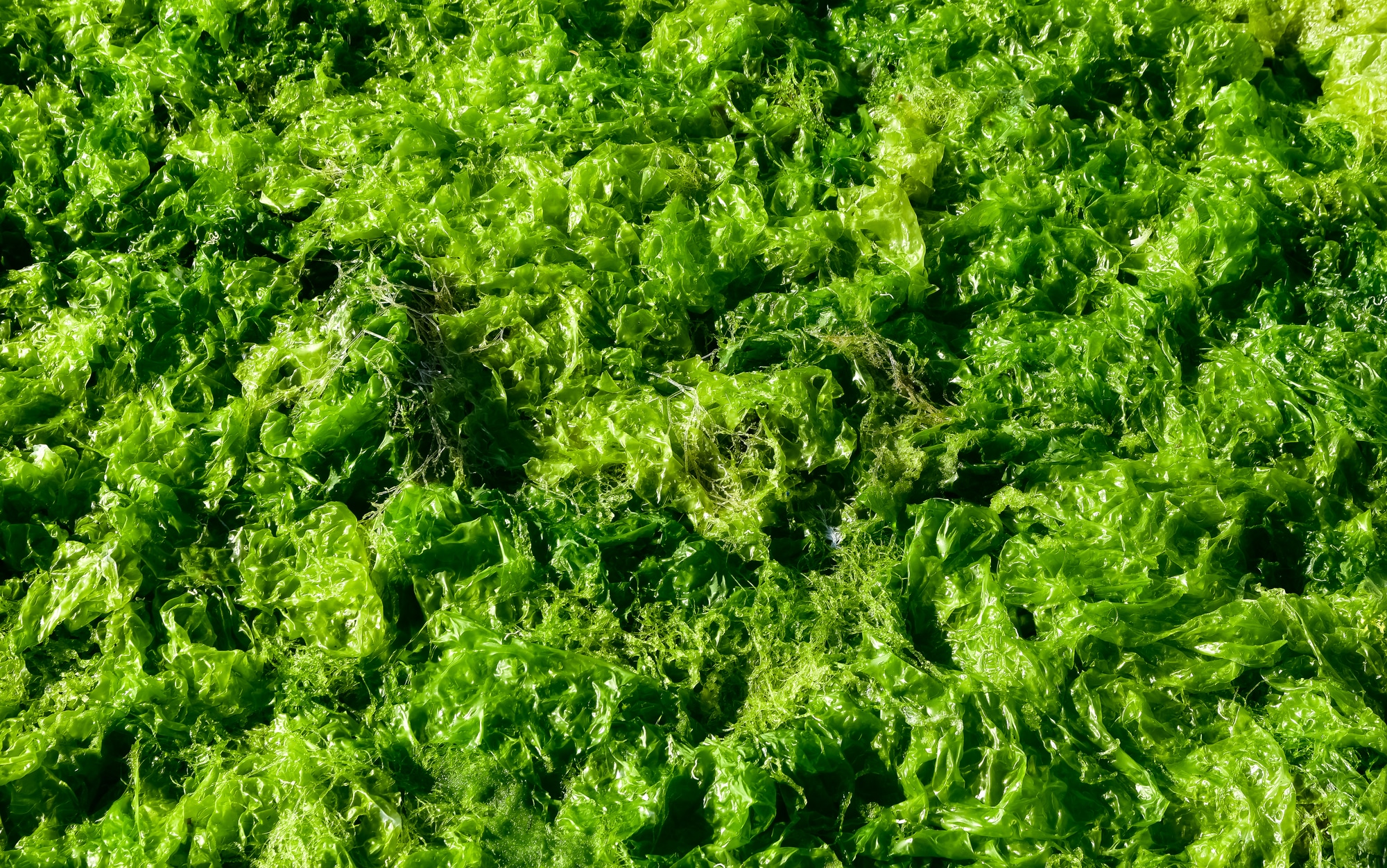
Sea lettuce is a type of edible seaweed you might spot in coastal areas.
It’s a bright green algae that looks a lot like lettuce leaves floating in the water.
You can find it growing in rock pools or on flat rocks near the shore.
This seaweed is easy to spot because of its thin, flat, green appearance. It often forms large mats that can stretch several meters wide.
If you’re looking to harvest some, keep an eye out for areas regularly washed by waves.
Sea lettuce is not just pretty to look at – it’s also good for you! It’s packed with nutrients and has a mild, slightly salty taste.
You can eat it raw in salads or cook it in various dishes.
Here are some ways you can use sea lettuce:
- Add it to soups for extra flavor
- Use it as a wrap for sushi rolls
- Dry it and crumble it over dishes as a seasoning
- Fry it to make crispy seaweed chips
Remember to rinse sea lettuce well before eating to remove any sand or small sea creatures.
It’s a versatile ingredient that can add a unique touch to your meals while boosting your nutrient intake.
Umibudo
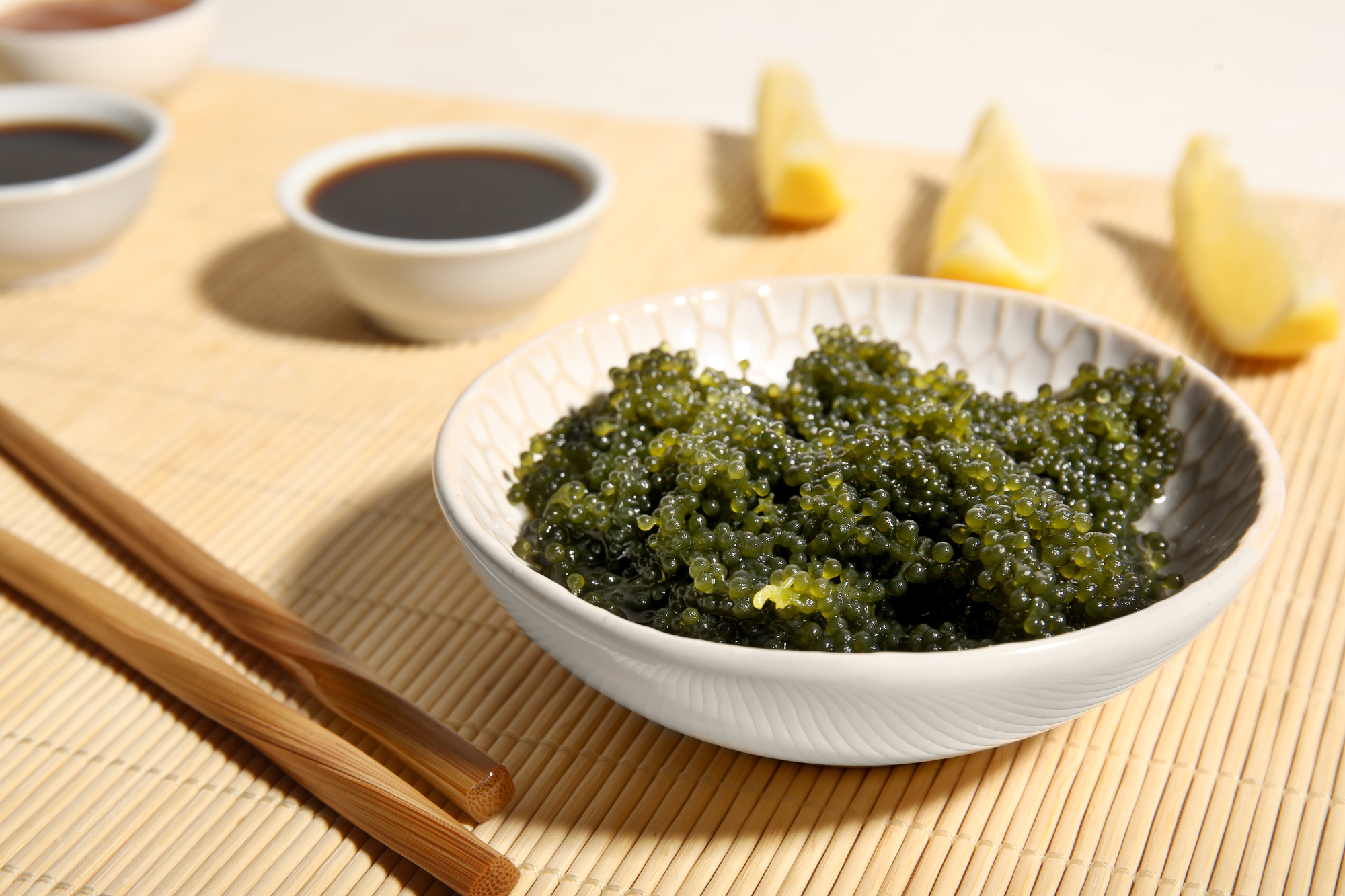
Have you ever tried sea grapes? Also known as umibudo, these tiny green spheres are a unique type of seaweed.
They look like miniature bunches of grapes, which gives them their name.
Umibudo has a salty, briny taste with a burst of ocean flavor. When you bite into them, they pop in your mouth, releasing their juicy contents.
It’s a fun texture that many people enjoy. You can find umibudo in Japanese and Okinawan cuisine.
It’s often served as a side dish or garnish. Some people like to eat it on its own as a snack.
This seaweed is packed with nutrients. It contains protein, vitamins, and minerals like calcium and magnesium.
Umibudo is also low in calories, making it a healthy choice. To prepare umibudo, you usually just need to rinse it in fresh water.
If you buy dried umibudo, soak it for a few minutes to rehydrate it. Then, you can enjoy it as is or add it to salads and other dishes.
You can find fresh umibudo in some Asian markets. It’s also available dried or packaged online.
Prices vary, but expect to pay around 1,000 to 2,000 yen (about $9 to $18) for 100 grams.
Try adding umibudo to your next meal for a taste of the ocean and a nutritious boost!
Kombu
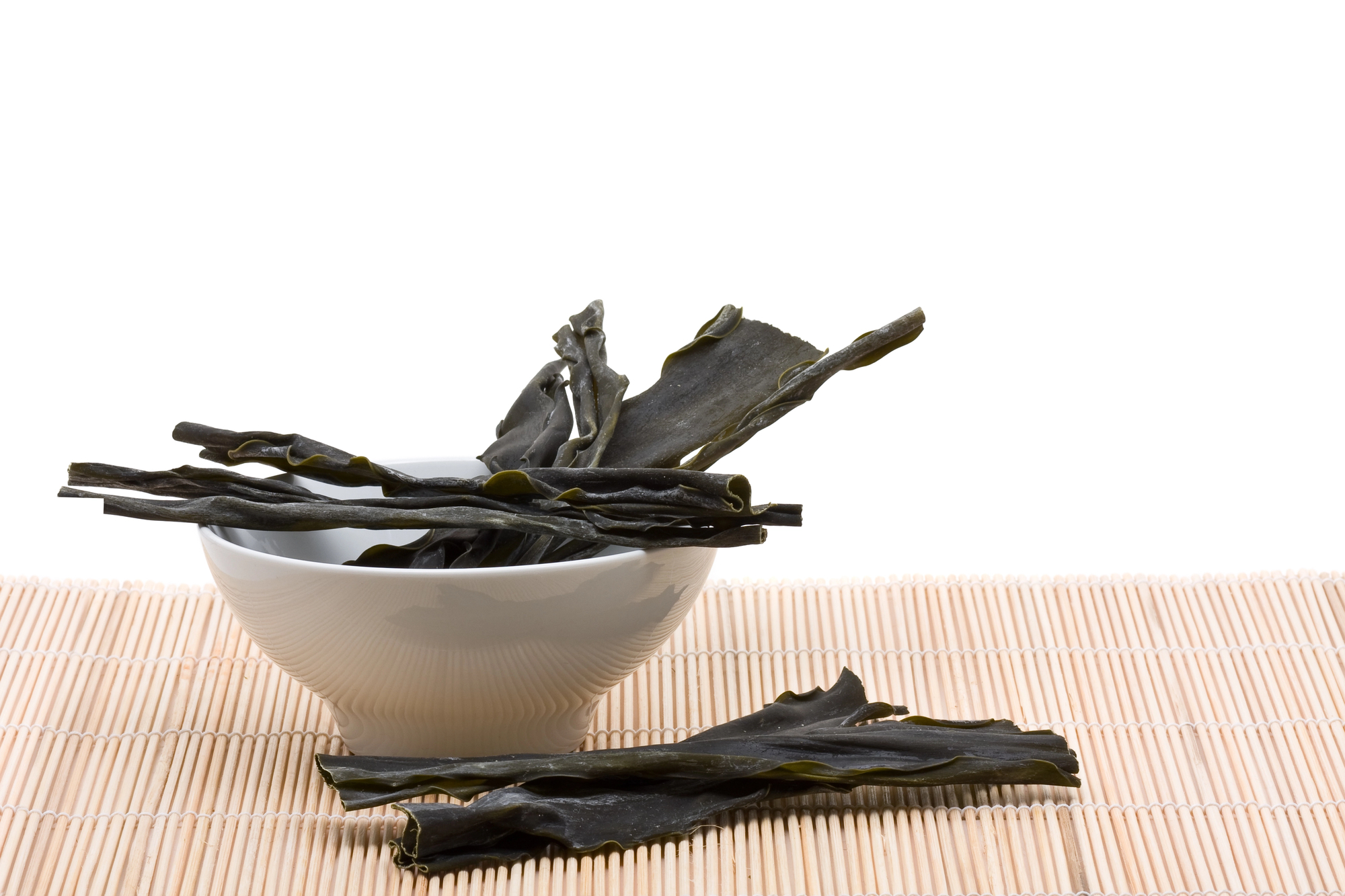
Kombu is a type of edible seaweed that’s popular in Japanese cooking. It’s a thick, flat seaweed from the brown algae family.
You might be surprised to learn that almost 95% of Japanese kombu comes from Hokkaido.
This seaweed is a key ingredient in many Japanese dishes. Its main use? Making dashi, a flavorful soup stock.
To make dashi, you simply steep kombu in water. This process draws out its natural umami flavor.
Kombu is packed with nutrients. It’s a great source of:
- Iodine
- Fiber
- Vitamins (especially B vitamins)
- Minerals like iron and calcium
You can use kombu in various ways. Here are a few ideas:
- Make dashi stock
- Add it to soups and stews
- Use it to flavor rice dishes
- Eat it as a snack (after cooking)
Kombu is different from other seaweeds like wakame or nori. It’s thicker and tougher, which makes it perfect for creating rich, flavorful broths.
When you’re shopping for kombu, look for pieces that are dark in color and have a white powdery coating. This powder is full of umami flavor, so don’t rinse it off!
Wakame

Wakame is a popular type of edible seaweed used in Japanese cuisine. You might recognize it as the dark green, slippery strips floating in your miso soup.
This sea vegetable has a mild, slightly sweet flavor and a silky texture. It’s often used in soups and salads, adding a unique taste and nutritional boost to your meals.
When you buy wakame, it usually comes dried. Don’t worry – it’s easy to prepare! Just soak it in water for about 10 minutes until it softens and expands.
Here’s a quick guide to using wakame:
- Soak in water
- Drain and pat dry
- Add to soups or salads
- Enjoy the nutritional benefits!
Speaking of benefits, wakame is packed with vitamins and minerals. It’s low in calories but high in iodine, iron, and calcium.
You can find wakame in Asian grocery stores or health food shops. Give it a try in your next homemade miso soup or seaweed salad!
Arame
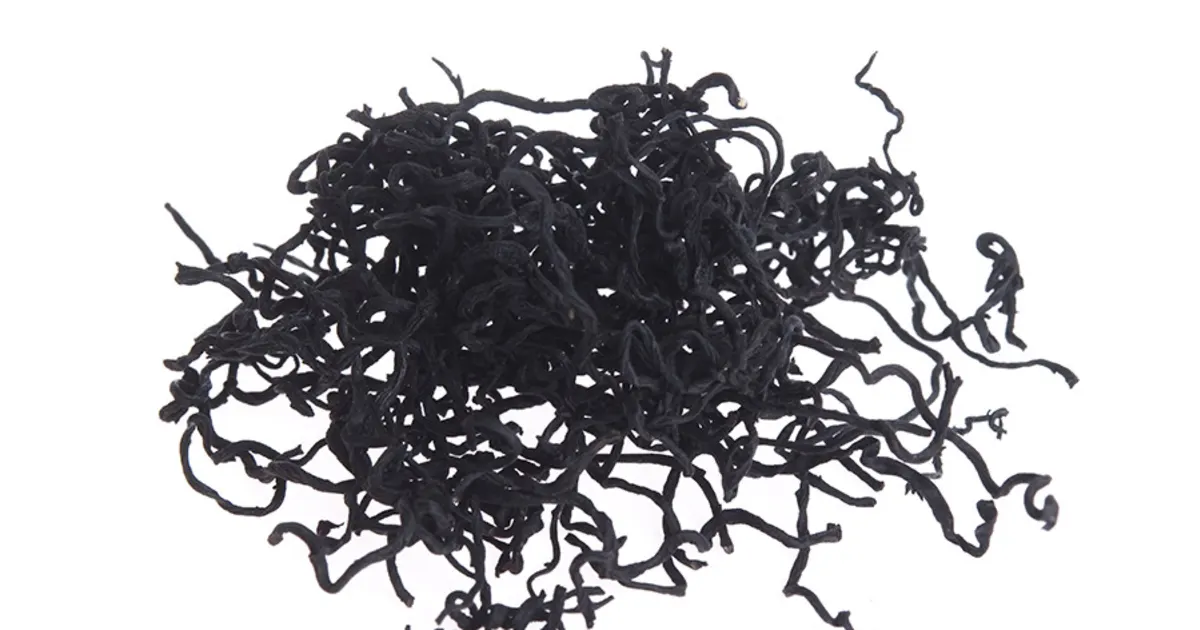
Arame is a dark brown seaweed that’s popular in Japanese cuisine. You might recognize it by its thin, wiry strands that look a bit like black noodles when dried.
When you rehydrate arame, it expands and takes on a silky texture. Arame has a mild, slightly sweet flavor that makes it easy to add to many dishes.
You can use arame in salads, soups, and stir-fries. It’s also great mixed into rice or noodle dishes.
Arame is versatile and blends well with other ingredients.
This seaweed is packed with nutrients. It’s rich in:
- Iodine
- Calcium
- Iron
- Vitamin A
Arame is known for its impressive nutritional profile. You can find it in many health food stores, usually sold dried.
To prepare arame, soak it in water for about 5 minutes. It will quickly soften and be ready to use in your cooking.
Try adding arame to your diet for a boost of sea vegetables. It’s an easy way to explore new flavors and textures in your meals.
Hijiki

Hijiki is a dark, stringy seaweed that’s popular in Japanese cooking. When dry, it looks like small black twigs or tea leaves. But don’t let its appearance fool you!
Once you soak hijiki in water, it grows to about three times its original size. This makes it perfect for adding to salads and stir-fries.
Hijiki has a mild, earthy flavor that works well in many dishes. You can find it dried in Asian grocery stores or health food shops.
To prepare hijiki, soak it in water for about 30 minutes. Then rinse it well before using.
You can add it to soups, rice dishes, or veggie stir-fries for extra texture and flavor.
Here are some quick facts about hijiki:
- Color: Black when dry, dark brown when rehydrated
- Texture: Crunchy and stringy
- Taste: Mild and earthy
- Common uses: Salads, stir-fries, soups
Keep in mind that some people avoid hijiki due to concerns about arsenic levels. It’s best to eat it in moderation as part of a varied diet.
Try adding a small amount of hijiki to your next Asian-inspired dish. You might be surprised by how much depth it adds to your meal!
Nori
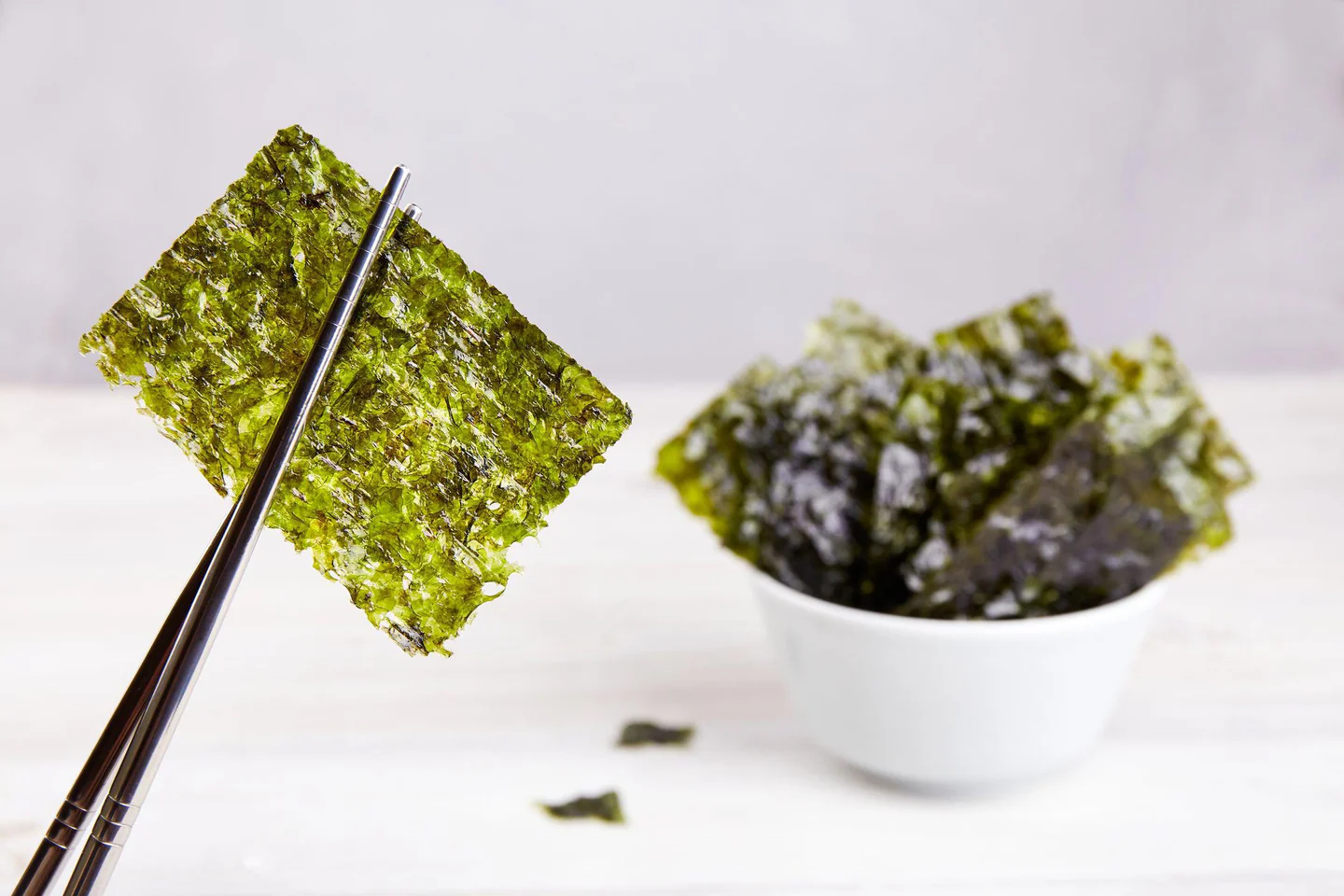
Nori is a popular type of edible seaweed you’ve probably seen wrapped around sushi rolls.
It’s made from red algae that’s shredded and pressed into thin, dark green sheets.
You might recognize nori as the black wrapping around sushi rolls or onigiri (rice balls).
Its crisp texture and savory, slightly salty taste make it a perfect companion for rice and fish.
When you buy nori, you’ll usually find it in packages of dried sheets. To use it, you can:
- Wrap it around sushi rolls
- Crumble it over rice or noodles
- Toast it for a crunchy snack
- Add it to soups for extra flavor
Nori is more than just tasty – it’s good for you too! It’s packed with vitamins and minerals, including iodine and vitamin B12.
Fun fact: Nori has been part of Japanese cuisine for over 1,500 years. You’re enjoying a food with some serious history when you munch on those sushi rolls!
Dulse
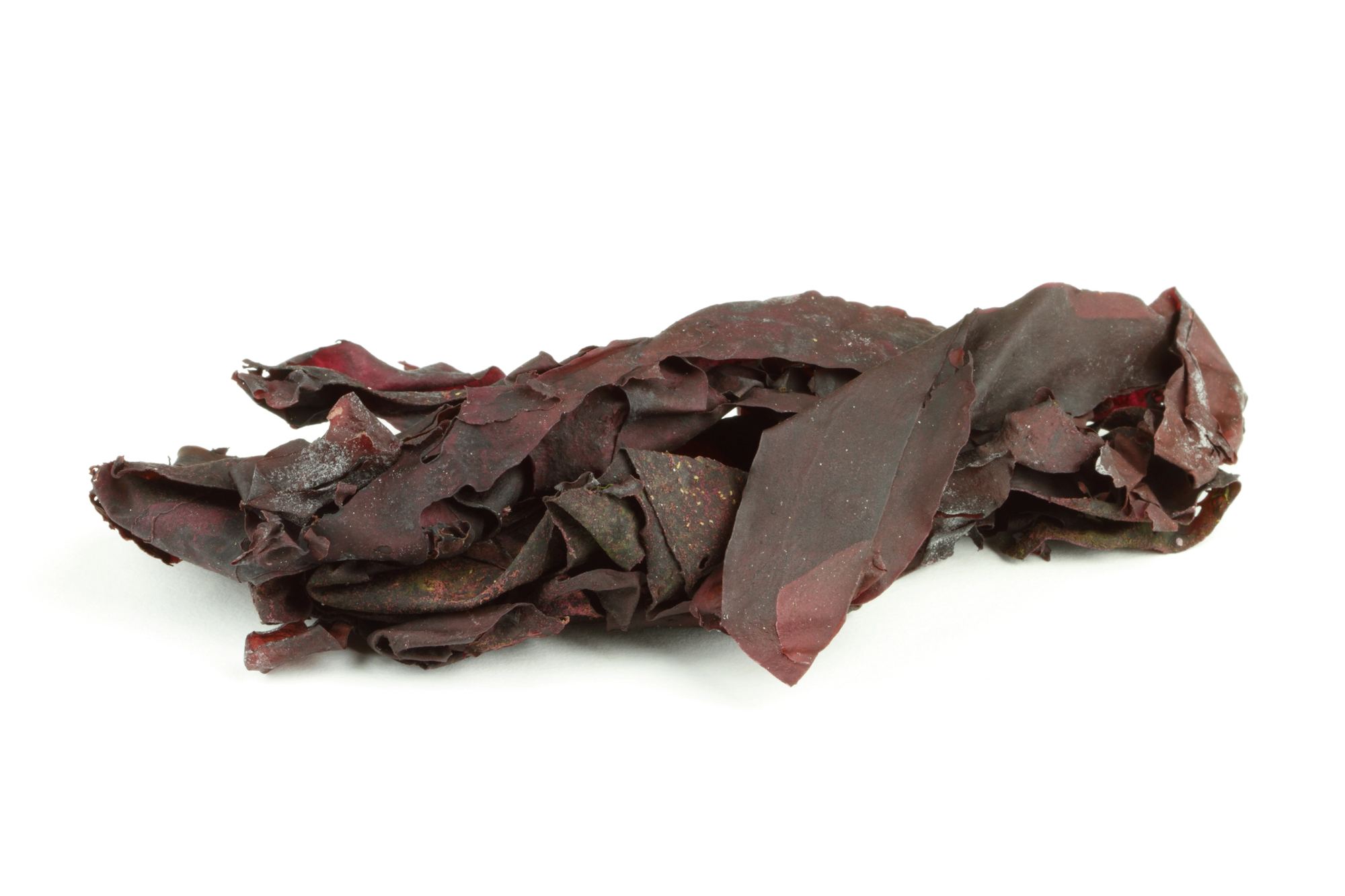
Dulse is a tasty and nutritious seaweed you might want to try. It’s a reddish-purple algae that grows in cold waters along the coasts of the Atlantic and Pacific oceans.
You can eat dulse raw or cooked. When raw, it has a chewy texture and a salty, slightly fishy flavor.
But when you pan-fry dulse, it becomes crispy and takes on a bacon-like taste.
Dulse is packed with nutrients. It gives you a good dose of protein, fiber, and minerals like potassium and iron.
You can easily add it to your diet in many ways:
- Sprinkle dried dulse flakes on salads or soups
- Use it as a seasoning for popcorn or roasted veggies
- Add it to smoothies for a mineral boost
- Crisp it up and use it in sandwiches
You can find dulse in health food stores or Asian markets. It’s often sold dried in whole leaves or flakes.
To use whole leaves, just rinse them and they’re ready to eat or cook.
Try adding dulse to your meals for a unique flavor and a nutrient kick. It’s a simple way to bring the goodness of the sea to your plate.
Irish Moss

Irish moss is a type of red seaweed that grows in rocky coastal areas. You might know it by its scientific name, Chondrus crispus.
This seaweed has been used for centuries in Ireland and other parts of Europe.
You can find Irish moss in the Atlantic Ocean, from Portugal to New Jersey. It thrives in cold waters and doesn’t grow further south than these areas.
Irish moss is packed with nutrients. You’ll get vitamins A, E, F, and K when you eat it. It’s also rich in minerals like calcium, potassium, and iodine.
Many people consider Irish moss a “superfood” due to its health benefits.
It may help boost your immune system and improve digestion. Some folks use it for healthier skin and joints too.
You can eat Irish moss in various ways. Try adding it to smoothies or using it as a thickener in soups and desserts.
It has a mild, slightly salty taste that blends well with other flavors.
Remember, Irish moss is different from sea moss. While both are seaweeds, they’re not the same plant.
Always make sure you’re getting the right type when buying or foraging.
Spirulina

Spirulina is a type of blue-green algae that’s often confused with seaweed.
It’s not actually seaweed, but it’s worth mentioning because of its similarities and health benefits.
You might find spirulina as a powder or in tablet form. It has a deep green color and a slightly fishy taste.
This algae is packed with nutrients. It’s high in protein, vitamins B1, B2, B3, and iron. A single tablespoon of dried spirulina contains:
- 20 calories
- 4 grams of protein
- 1.5 grams of carbohydrates
- 0.5 grams of fat
Spirulina was a favorite food of the ancient Aztecs. They believed it gave them energy for long trips.
You can add spirulina powder to smoothies, juices, or sprinkle it on salads. Some people like to mix it into energy balls or homemade granola bars.
While not a true seaweed, spirulina shares many health benefits with its ocean-dwelling cousins.
It’s known for its antioxidant properties and potential to boost immune function.
Chlorella
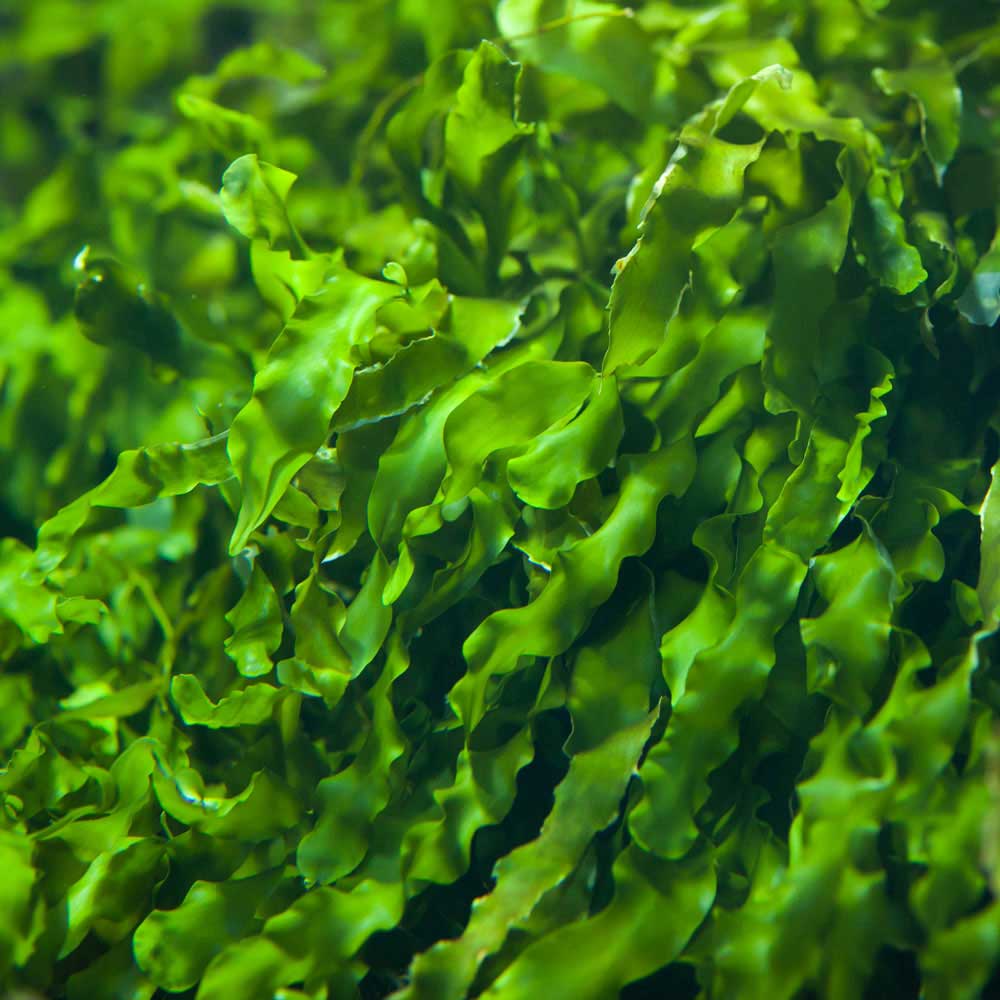
Chlorella is a type of green algae that’s packed with nutrients. You might not find it in sushi rolls, but it’s a popular health supplement.
This tiny algae is rich in vitamins, minerals, and antioxidants. It’s often sold as a powder or in tablet form.
Chlorella has some impressive potential benefits:
- Boosts immune system
- Helps detoxify the body
- Supports heart health
- May improve athletic performance
You can add chlorella powder to smoothies or sprinkle it on foods. The taste is mild and slightly earthy.
Keep in mind that chlorella has a tough cell wall. Look for “cracked cell wall” chlorella to ensure you can digest it properly.
While not traditionally used in cooking, chlorella is gaining popularity in health-conscious circles. It’s a great way to add extra nutrients to your diet.
Remember to start with small amounts if you’re new to chlorella. Your body might need time to adjust to this nutrient-dense algae.




